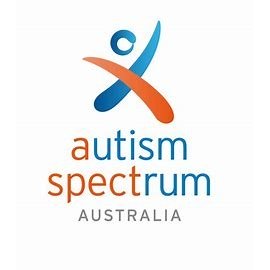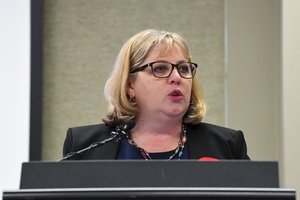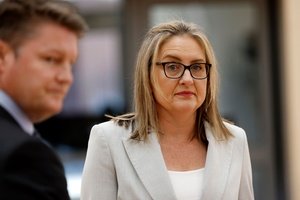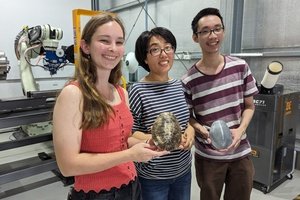With rhetoric surrounding funding cloaked in notions of equity and justice, the reality of ‘qualifying’ for funding for this population of students feels too heavily bureaucratised to be considered fair.
Over the past four years, I have worked in a role where I’ve come to know these funding bureaucracies intimately. And during this time, I have been told continuously, and quite emphatically, that the evidence involved for students with disabilities that forms part of these processes must ‘stand on its own'.
No additional background information – no matter how significant it might be – that details a student’s diagnostic history, or the complex interplay of family circumstances with disability diagnoses, is permitted.
While I understand the need for transparency and rigour in evidence collection, particularly in an educational culture where funding is driven (even if only theoretically) on an ‘as-needs’ basis for students with disabilities, I grapple with the representations of these students – fractions of themselves, sections of their narratives – that we are presenting in the name of ‘equitable’ support.
As a learning support teacher, I do not seek context for students with disabilities in discussions surrounding funding to complexify the disability itself.
I want to acknowledge the story behind the student.
I want to acknowledge that my students’ needs can’t always ‘stand on their own.’
They mustn’t ‘stand on their own.’
Knowing my students – any of my students – stems from me as a teacher searching for their stories. I do everything I can to find out all I need to know about them to support them to achieve to the best of their ability.
And yet, as soon as an exceptionality in the form of a diagnosis, or suggested disability comes to the surface, my search is suddenly filtered – restricted purely to the cold objectivity of predetermined evidence, criteria and labels, in the complex pursuit of ongoing financial support.
I know how much this support means for students with disabilities, schools and teachers. The promise of financial assistance that can help to minimise the impact of disability on students’ engagement and achievement in their schooling is one that I have pursued with hope and relentless fervour.
It is a world in which I have had to immerse myself, and there have been times where I have been so invested in the promise, that to manage the inevitable disappointment and despair that comes when that promise is broken has been extremely difficult.
So, the presumption that equitable access to funding for students with disabilities can only be provided in the presence of ‘sufficient evidence’ from a prescriptive list of criteria seems not only at odds with the commitment to equity and fairness that characterises federal education policy.
It silences the fact that ultimately, our students with disabilities are still people. People whose stories deserve to be told in their entirety. In all of their complexity, sadness and pain. And even though support for students with disabilities in educational contexts is vitally important, surely not compromising their humanity in the pursuit of this support is more important?
















